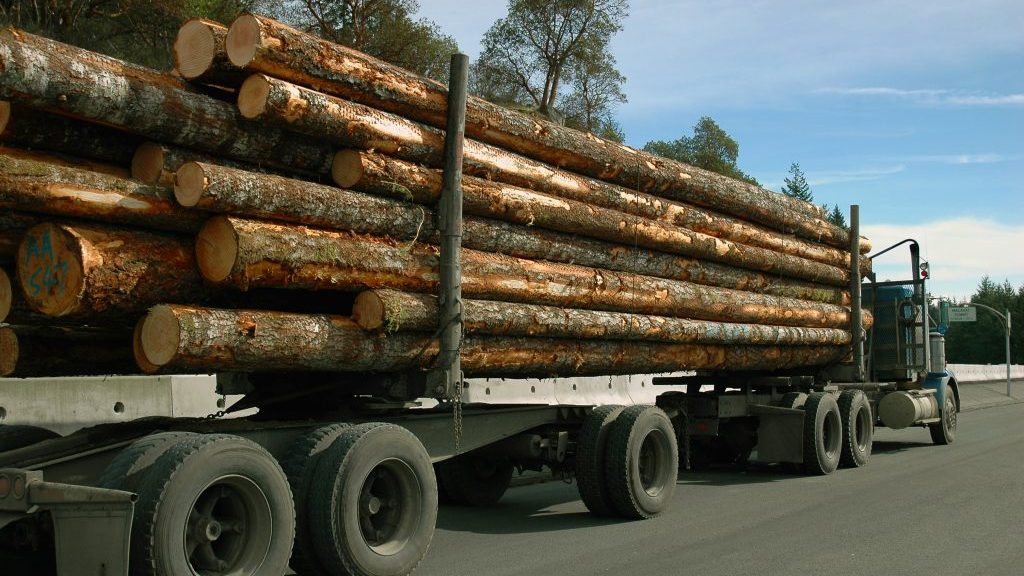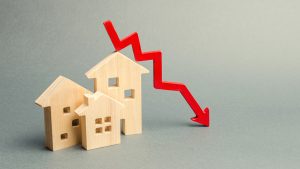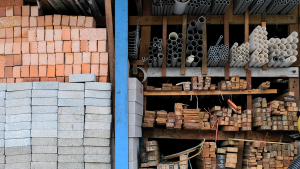Commodity prices have risen to record levels over the past year and for the homebuilding industry in Canada, increasing prices, coupled with supply chain disruptions, are exacerbating the housing supply shortage.
“At the top of the list of commodity prices rising is lumber and what we have seen is a really hot housing market both in terms of new construction and renovations and also in the resale market,” said Kevin Lee, CEO of the Canadian Home Builders’ Association (CHBA).
“There was a slow down early on (in the pandemic) with everything shutting down but housing came back very quickly as people showed that they place high importance on home. Everybody started looking at, do I have enough space? Do I want to renovate my existing space?”
The pandemic accelerated the shortage of housing supply and pent up demand that already existed, he pointed out, adding the housing market in Canada and the United States took off last summer.
“The U.S. relies heavily on Canadian lumber, so with all of that housing activity and that shortage of housing supply and all of a sudden the dam sort of bursting surprisingly through COVID, there is a scarcity of lumber,” said Lee.
“The lumber mills in Canada and the U.S. slowed right down early in the pandemic but the housing market rebounded faster than the mills got back up and running. With the integrated North American market, you are really seeing the shortage really affect price, so we’ve seen lumber prices skyrocket and that hasn’t abated.”
Homebuilders face schedule and material delays.
A CHBA member survey found the average delay time in new home construction is, on average, six weeks. In addition to lumber and oriented strand board (OSB), prices are also on the rise for steel, appliances, plumbing fixtures, windows, doors and electrical materials, making them more challenging to get.
Some homebuilders are also limiting the pre-sales of homes.
“They build a few less houses at a time so they can be sure they get the prices on those materials and then release another block later,” Lee explained. “It’s very difficult to price your projects if the price of your input costs keeps going up during that period.
“Despite the fact that it is a hot market, it’s hard to build as much as possible right now because of these other supply chain challenges.”
From an association perspective the CHBA has been advocating heavily to keep the supply chains operating while keeping everyone safe.
“What we do see is lumber prices staying elevated for the first half of the year,” Lee noted. “We do expect those prices to start to come down to a degree in the second half of the year. It might be a long time for them to get back to where they were in pre-pandemic times.”
Wood product prices reach ‘record highs’
Patricia Mohr, an economist and commodity market specialist, said the Scotiabank Commodity Price Index dropped to a very low level in April 2020 following the outbreak of COVID-19 but began to rally in May and is now up a strong 21.2 per cent year-over-year as of January 2021. The forest products sub-index has led the way with a 53 per cent gain year-over-year.
“Wood product prices, particularly lumber and OSB, have climbed to very high levels across the U.S. and Canada, in fact, to quite extraordinary record highs,” said Mohr. “Obviously it puts upward pressure on cost of production and upward pressure on the cost of a new home. Housing starts have been quite strong in Canada and the key reason is because interest rates are exceptionally low.”
While it’s hard to know for sure, lumber prices could be peaking now, she said.
“They could move a little bit lower next year but they’re not going to move really low,” said Mohr.
Material prices and shortages impacting Ontario housing market
The increase in commodity prices over the last year has been completely unmanageable by the industry, said Joe Vaccaro, CEO of the Ontario Home Builders’ Association.
“Homes sold a year ago are seeing lumber related costs up $30,000, with the same sort of increases in drywall and other products,” Vaccaro said in an email to the Daily Commercial News. “Demand for homes and renovations continues to grow and we keep hearing that production is at 100 per cent but we haven’t seen an adjustment in prices or supply yet.
“It has been a real challenge to manage projects and to inform consumers of the impact of these increased prices and material shortages on their projects. No one wants to hear that the price of lumber went up, or that you can’t get a lumber package for another month, but that is what is happening today.”
David Wilkes, president and CEO of the Building Industry and Land Development Association, said the supply chain challenges are temporary and they are compounding the fundamental issue of not enough homes being built in the GTA.
“The longer term issue, and the more fundamental one…is we’ve had a market that is out of balance for some time where we have had a structural imbalance between demand and supply,” said Wilkes. “We went into the pandemic with demand outstripping supply. Throughout the pandemic sales have been strong and inventories and new homes coming on stream have not kept up with the supply requirements.”
The housing supply challenge has existed for over 10 years.
“It won’t be something that is fixed overnight, but with the direction that the provincial government has established I do believe we’re on the right path,” said Wilkes. “It takes 10 to 11 years to bring new developments on stream. Inventory levels, especially low rise, are at historic lows right now so I do think we’re in a period of a tight market for the next several months.”
Follow the author on Twitter @DCN_Angela.










Recent Comments
comments for this post are closed